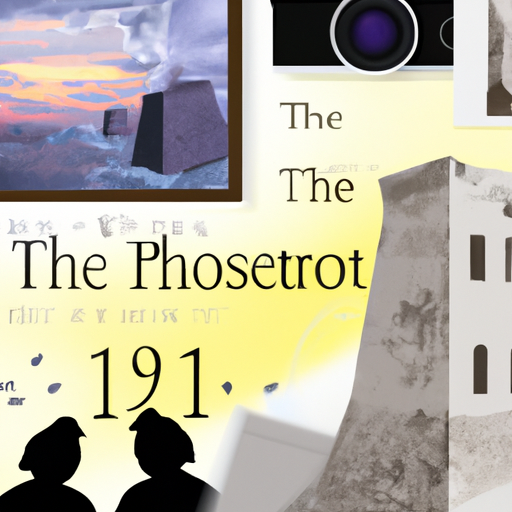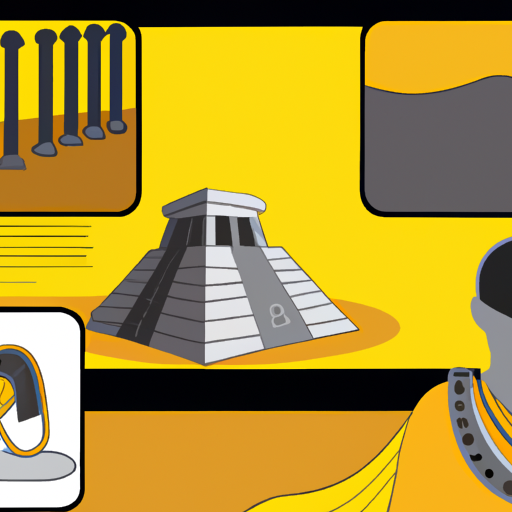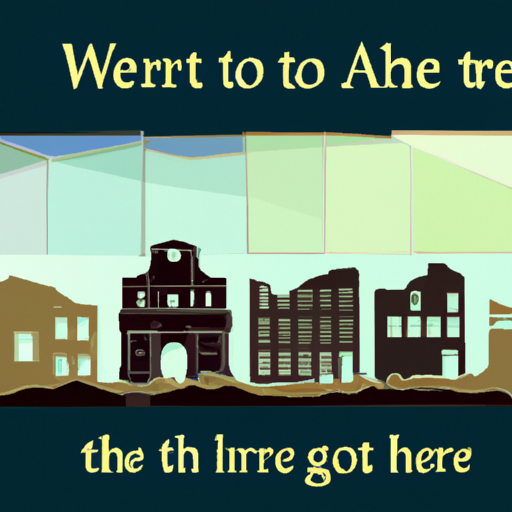Uncovering the History of Female Vikings: Exploring the Legacy of Norse Women Warriors
Unearth the fabled past of Viking women and discover what they were known as! Delve into the secrets of these intriguing figures, uncovering their roles in society and how they were regarded. Unearth a captivating history that has been shrouded in mystery for centuries!
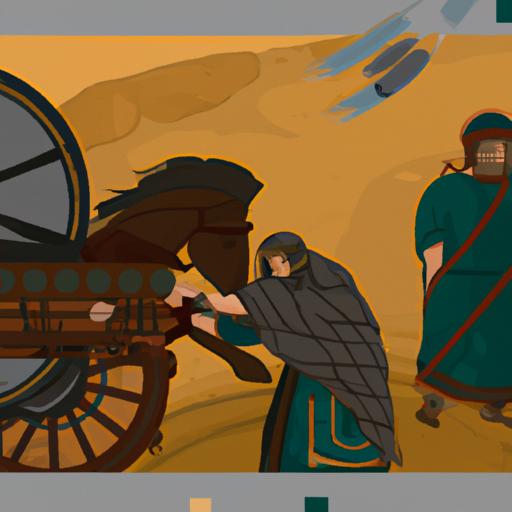
Mystery has shrouded the presence of Viking women for centuries, but now the veil is being lifted and we can uncover the remarkable roles these women played. Shieldmaidens, warriors who fought with men in battle to protect their tribe, were among them. Crafting skills such as weaving and pottery making were also attributed to them. Moreover, they were known as healers and spiritual guides within their communities. It’s evident that Viking women had a great impact on those around them and were respected by their peers. With every new finding, we are learning more about the incredible legacy of these formidable women and their part in history.
.
Introduction

Astonishingly, there is corroboration of the presence of female Vikings in the bygone era of Scandinavian expansion and exploration from the 8th to 11th centuries. Documents, archaeological findings, and even artistic depictions attest to the existence of these remarkable shieldmaidens. Not only did they take part in battle along with their male counterparts, but they also served as traders and ship captains — a multifaceted role within Viking society.
– The History of Female Vikings in Scandinavia
The tales of female Vikings in Scandinavia have long been shrouded in mystery, their contributions to the Viking Age largely ignored. But recent evidence has shown that these women were far from mere wives and mothers – they held positions of power and influence, even taking part in battles and raids alongside their male counterparts. From warriors to rulers, female Vikings had a profound effect on society during this period.
It is thought that some women led fleets of ships and even fought in wars, while others assumed the roles of chieftains or jarls (lords). Women also managed households and estates, giving them significant economic clout within their communities.
Today, we are beginning to recognize the legacy of female Vikings as more information comes to light about their role in history. Their accomplishments in warfare, politics, trade and more demonstrate how vital these women were to the Viking Age – a period which continues to shape our world today.
– Examining the Role of Women in Viking Society
The complexities and multifaceted nature of the role of women in Viking society are evidenced by a number of sources. Not only were they respected, but they were also legally granted rights, including the ability to own land, property, and engage in business; have their own servants; lead households; and even divorce their husbands if they so desired. Additionally, archaeological evidence points to an active involvement of women within religious ceremonies and spiritual practices. Norse mythology is replete with powerful female figures believed to be goddesses or supernatural entities with magical powers. These include Freyja, a fertility goddess; Hela, a death deity; and Frigga, Odin’s wife and mother of many gods.
Women also played a crucial part on the battlefields during the Viking Age. While men were typically responsible for combat activities, there are accounts of women accompanying them as camp followers or actively participating in battle as shieldmaidens. In some cases, these women may have even taken on leadership roles during military campaigns or raids.
It is clear that Viking society held women in high regard, granting them more rights than many other cultures at the time – something which is attested to both written records from the period as well as archaeological evidence showing their integral part in all aspects of life within Viking society.
– Exploring the Lives of Female Viking Warriors
For centuries, the part played by female Viking warriors has been a source of puzzlement and conjecture. Now, however, archaeological evidence is emerging to cast light on their lives and roles in history. It is now widely accepted that women were considered equal members of Viking society and could own property, initiate divorce, and even command armies into battle.
Recent discoveries of female burials with weapons, jewelry, and other symbols of high status imply that some women held positions of authority within Viking culture. These revelations are a stark contrast to the traditional view of Vikings as male-dominated warriors.
In addition to physical artifacts, written accounts from the era also offer insight into the lives of female Viking warriors. Accounts from Arab traders describe encounters with warrior women leading troops into battle or raiding settlements for loot. Other records show that female Vikings sometimes acted as mercenaries or leaders in foreign lands.
The precise role of female warriors within Viking society remains unclear, but one thing is certain: they had an essential contribution to make to the history of Scandinavia and beyond. With more archaeological evidence being discovered each day, it’s likely that we will soon gain a better understanding of these captivating figures from the past.
– Uncovering the Legacy of Female Viking Leaders
Often disregarded, the forgotten legacy of Viking women has been unearthed through recent archaeological discoveries. From the 8th to the 11th centuries, female Vikings were formidable forces in society, partaking in trade, politics, and warfare while even holding influential positions of power. Through artifacts discovered from burial sites and other sources of evidence, we can begin to fathom these powerful women’s pasts.
Not only warriors, Viking women had a substantial impact on their economy. They were traders of livestock and jewelry as well as negotiators with foreign merchants; they could own land which gave them autonomy in making decisions about how to use it; some even inherited wealth from their families or spouses.
Moreover, Viking women played a major role in politics too – they could be elected rulers of towns or villages or serve as advisors to male rulers and often acted as intermediaries between clans or families. This provided them with considerable sway over decision-making processes within their societies.
Unfortunately, due to lack of written records from this period, much of the legacy of female Viking leaders has been lost in time. Nevertheless, archaeological evidence reveals that these women had a significant influence on history for centuries to come.
– Investigating the Historical Significance of Female Vikings
Unveiling the hidden past of female Vikings is a captivating journey that has been largely unexplored. Until recently, historians had little knowledge about the important roles women played in Viking culture, which challenged the traditional view of Viking warriors as solely male. By analyzing archaeological findings and ancient texts, we are able to comprehend how female Vikings left their mark on history.
Archaeological studies imply that female Vikings were respected members of their communities and sometimes even held positions of power. Norse mythology portrays many goddesses as influential figures who protect those who follow them; however, it was only through recent excavations that researchers found physical proof to verify this notion. For example, artifacts such as jewelry and tools discovered in gravesites show that some females were engaged in trading and crafting. Moreover, remains from burial sites suggest that women may have been warriors themselves, with some even leading raiding parties.
The written record also provides insight into the lives of female Vikings. Ancient sagas and other texts mention women who fought alongside men or led raids by themselves. These stories demonstrate how women could be seen as equals in battle and honored for their courage and leadership skills. In addition, these sources offer glimpses into the daily lives of female Vikings, providing information about their customs and beliefs.
By examining archaeological discoveries and written accounts, we can gain a better understanding of the historical significance of female Vikings. Acknowledging their contributions to Viking society allows us to recognize how they influenced history both in ancient times and today.
conclusion
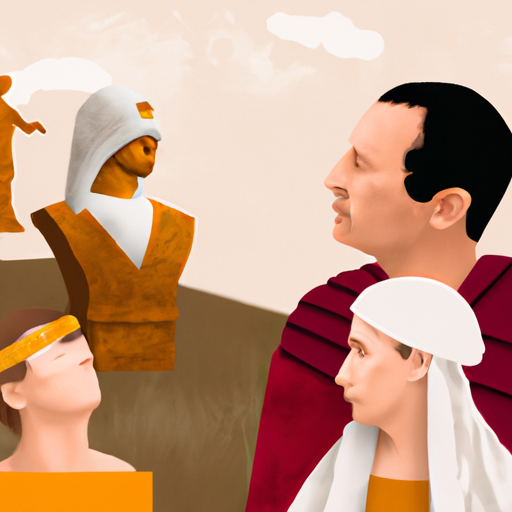
Astonishingly, reports of female warriors have been uncovered from the distant past! During the Viking Age, a period that spanned from the late 8th century to the mid-11th century, it is believed that these women, referred to as shieldmaidens, actively defended their culture in battle. A remarkable feat indeed!
.
Some questions with answers
Q1. What do you call a female Viking?
A1. A female Viking is called a shieldmaiden.
Q2. How did female Vikings contribute to history?
A2. Female Vikings were warriors, sailors, and traders who contributed to the culture and economy of the Viking Age.
Q3. What is the origin of the term “shieldmaiden”?
A3. The term “shieldmaiden” comes from Old Norse words meaning “shield-woman”.
Q4. Are there any famous examples of shieldmaidens?
A4. Yes, some famous examples of shieldmaidens include Lagertha from Norse mythology and Freydis Eiriksdottir, an Icelandic explorer.
Q5. Are there any surviving accounts of shieldmaidens in history?
A5. Yes, there are several surviving accounts of shieldmaidens in historical texts such as the sagas and poems from medieval Iceland and Norway.
